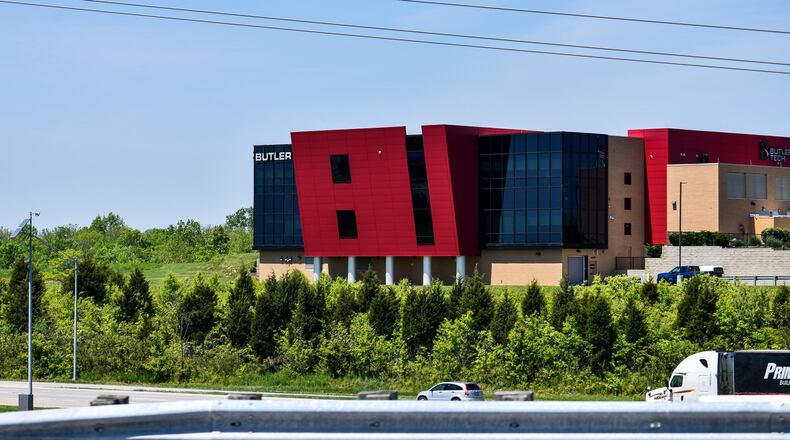It’s all part of a plan to transform the campus into the region’s first medical career training complex meshing public high schools, private health care companies and local two- and four-year colleges.
“This will be a new dynamic for education. All the pieces are now starting to come together,” said Jon Graft, superintendent of Butler Tech.
Later this month, construction will start to add a second-floor addition to the Bioscience School.
By the end of the year or shortly after, a developer for the expansion project will be chosen by Butler Tech’s governing board, which oversees the county-wide career school system that is already one of the largest in Ohio.
The Bioscience School campus in West Chester Twp. already has seven acres where it plans to build another 50,000-square-feet building to expand, said Graft.
Butler Tech officials are also in negotiating to purchase of more than 100 acres south of campus, running along the west side of I-75.
And Butler Tech officials are in preliminary talks with Cincinnati State Technical and Community College as a possible partner in building its own branch campus as part of the expanded campus.
The bioscience high school program has proven more popular than school officials anticipated. Driven in large part by the booming hospitals, health care providers and medical industry, Butler Tech has taken the regional lead in expanding its programming to train teens and young adults for those jobs.
But since the $16 million bioscience school opened in 2016, demand has exceeded capacity.
The school, which features classes in biomedical science, dental assisting, exercise science and sports medicine science, recently had 596 high school applicants but was only able to accept less than half, with 216 students starting next school year.
Michael Berding, president of Butler Tech’s governing board, said rising demand for trained workers locally and elsewhere is adding urgency to expansion plans.
“It has always been the plan of the board to have several buildings serving Butler County students and businesses. This process may need to be expedited because our state and county economy demands a larger skilled workforce,” said Berding.
Graft, who estimated the full expansion plan may take three to five years, said “this is unique and different approach” to educating and training teens for future jobs will be fueled by “the power of proximity” with the private, public combination campus.
Internships could be within walking distance, and students could possibly walk across the new campus to take more advanced classes at Cincinnati State if a partnership materializes.
That physical closeness “provides opportunities for both businesses to have a better understanding of what our students are our students are needing and wanting … as well as students having a better understanding of what it means to be an employee for an organization.”
About the Author
